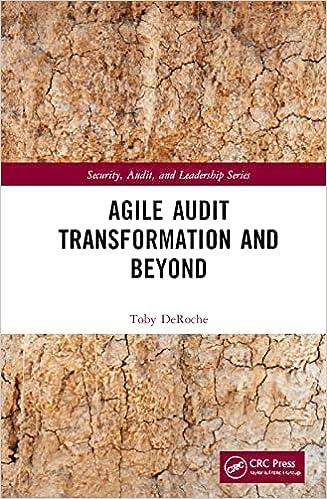

A town council wishes to reduce the pollution in its drinking water. The town draws drinking water from a river that is polluted by upstream farms and factories. A water filtration company can clean the water (at the town's expense). The company's marginal cost of abatement is equal to 4q, where q is a measure of the abated pollution. The town knows the firm's abatement cost, but it does not know for sure the size of health benefits from abatement. Instead, they believe that the marginal health benefit per unit of abatement could be the five following values, each with the assigned chance: MB= $2 20% 4 20% 7 10% 12 30% 20 20% (1) Now consider a new scenario. Suppose the town knows the marginal benefit of abatement is equal to 40 2q. But, the town is unsure about the MC. There is a 1/3 chance that the marginal cost is a constant 7+q, and there is a 2/3 chance that the marginal cost is 19+q. 10. If the town uses a price instrument (i.e., offers the water filtration company a subsidy per unit of abatement), what price should it set? (1 point) 11. If the town uses a quantity instrument (i.e., mandates a given quantity of abatement and then pays the firm its true cost), what quantity of abatement should it choose? (1 point) 12. True/false: Ex ante (meaning before we know which MC is correct), the town should prefer a quantity regulation because marginal benefit is relatively steep compared to marginal cost. Explain briefly. 1 point) 13. Draw (and upload) a graph that shows the deadweight loss that results from uncer- tainty under a quantity policy and includes the two possible marginal cost functions and the marginal benefit function. (* 1 point) 14. In our class examples, the two deadweight loss triangles that are associated with a given policy (e.g., a tax policy) were the same size. Are your triangles the same size in each graph? Explain why or why not briefly. (* 1 point) A town council wishes to reduce the pollution in its drinking water. The town draws drinking water from a river that is polluted by upstream farms and factories. A water filtration company can clean the water (at the town's expense). The company's marginal cost of abatement is equal to 4q, where q is a measure of the abated pollution. The town knows the firm's abatement cost, but it does not know for sure the size of health benefits from abatement. Instead, they believe that the marginal health benefit per unit of abatement could be the five following values, each with the assigned chance: MB= $2 20% 4 20% 7 10% 12 30% 20 20% (1) Now consider a new scenario. Suppose the town knows the marginal benefit of abatement is equal to 40 2q. But, the town is unsure about the MC. There is a 1/3 chance that the marginal cost is a constant 7+q, and there is a 2/3 chance that the marginal cost is 19+q. 10. If the town uses a price instrument (i.e., offers the water filtration company a subsidy per unit of abatement), what price should it set? (1 point) 11. If the town uses a quantity instrument (i.e., mandates a given quantity of abatement and then pays the firm its true cost), what quantity of abatement should it choose? (1 point) 12. True/false: Ex ante (meaning before we know which MC is correct), the town should prefer a quantity regulation because marginal benefit is relatively steep compared to marginal cost. Explain briefly. 1 point) 13. Draw (and upload) a graph that shows the deadweight loss that results from uncer- tainty under a quantity policy and includes the two possible marginal cost functions and the marginal benefit function. (* 1 point) 14. In our class examples, the two deadweight loss triangles that are associated with a given policy (e.g., a tax policy) were the same size. Are your triangles the same size in each graph? Explain why or why not briefly. (* 1 point)








